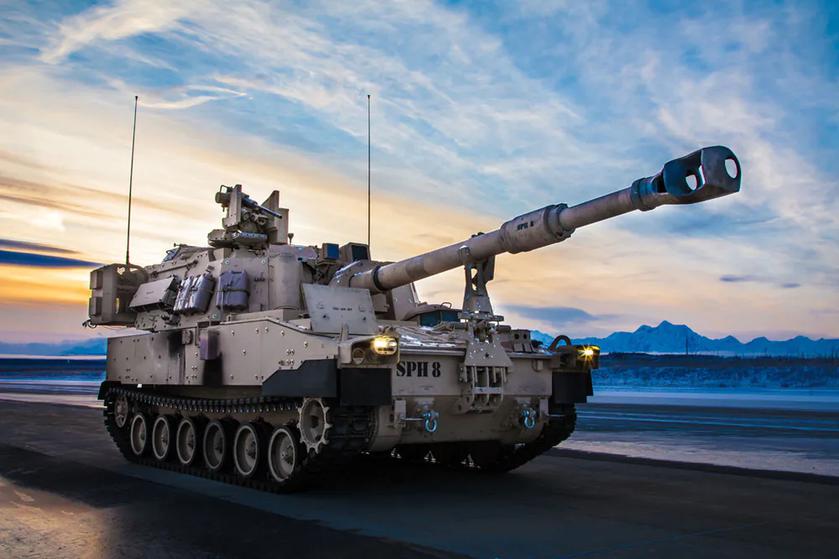

The ProblemĪ cannon sits on top of a plane at a height #h# above the ground and fires a shell with an initial velocity #v_0#. A number of interesting methods of solution arose so the idea of this article is to present all of these since each method illustrates a different approach to the problem and each is instructive in its own right.

The range R of a projectile is calculated simply by multiplying its time of flight and horizontal velocity. However, the presence of air resistance also means that the mass of the projectile will now affect the path followed by the projectile. Range is the distance traveled horizontally by the projectile. So, we can see the range depends on the initial velocity of projection ( u ),angle of projection ( ) and. The effect of the horizontal air drag will be to foreshorten the range of the projectile and the effect of the vertical air drag will be to reduce the maximum height reached by the projectile. Now,if the projectile goes a distance R (range) horizontally,in that time,we can say, R ucos 2usin g u2sin2 g. The angles 40 and 50 are called complementary. Now,the projectile will take the same time to come down to the ground,so total time of flight will be 2usin g.

A recent homework problem that appeared in the forums was concerned with maximizing the horizontal range of a projectile subject to the launch site being a fixed height above the ground upon which the projectile eventually impacted. The range of a projectile fired at an elevation angle of 40 will also be the same if it is fired at 50.


 0 kommentar(er)
0 kommentar(er)
